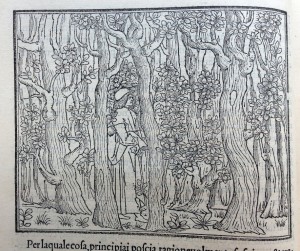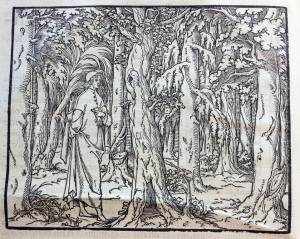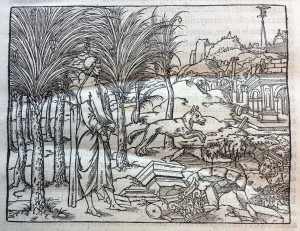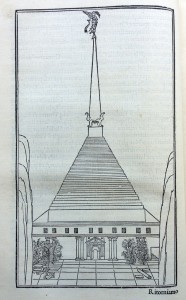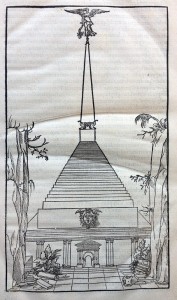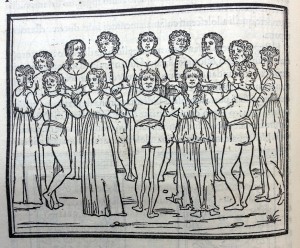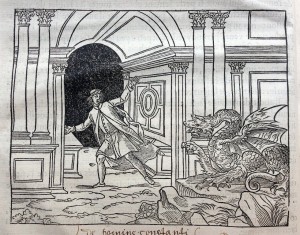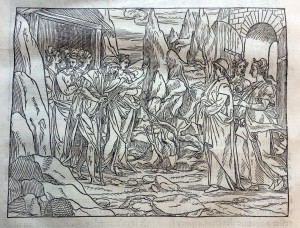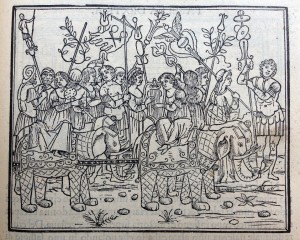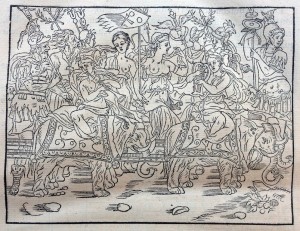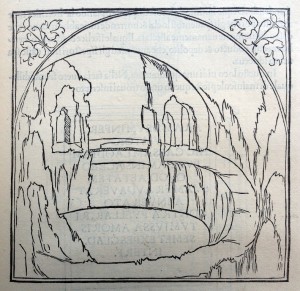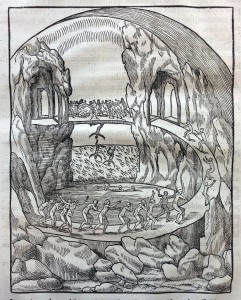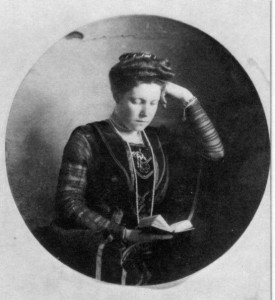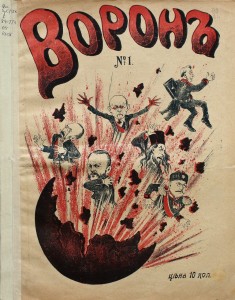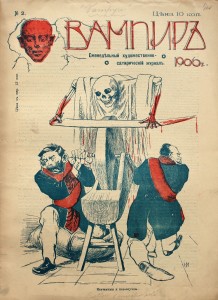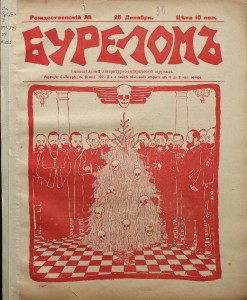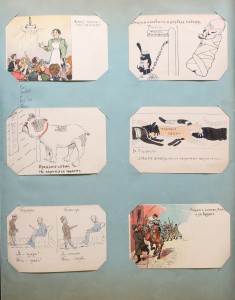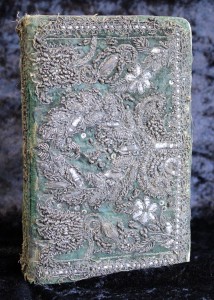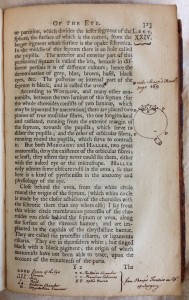Hypnerotomachia Poliphili: Woodcuts in the Italian and French Editions
First published by Aldus Manutius in 1499 and praised for its typographical design and early Renaissance woodcut illustrations, the Hypnerotomachia Poliphili is one of the most famous books to come from a fifteenth-century press.
A second Aldine edition appeared in 1545, followed by the first French edition in 1546. Titled Hypnerotomachie, ou, Discours du Songe Poliphile, the translation was printed in Paris by Jacques Kerver. Its woodcuts in the Mannerist style were based on the Aldine editions, but adapted to suit French tastes and included an additional 14 illustrations.
The identity of the artists who executed the woodcuts in the Italian and French editions remains a subject of debate amongst academic circles. The designs in the 1499 edition have been associated with Benedetto Bordon, Andrea Mantegna, Gentile Bellini, and even a young Raphael.[1] The illustrations in the 1546 French edition exhibit evidence of more than one artist at work, with the painter Jean Cousin and the architect and sculptor Jean Goujon considered likely candidates for the best woodcuts.
Special Collections is fortunate to count the first Italian and French editions of the Hypnerotomachia amongst its holdings of early printed material, allowing for the following comparison of illustrations in two of the hand-press period’s most beautifully illustrated books.
Anthony Tedeschi (Deputy Curator, Special Collections)
[1] http://www.metmuseum.org/toah/works-of-art/23.73.1
